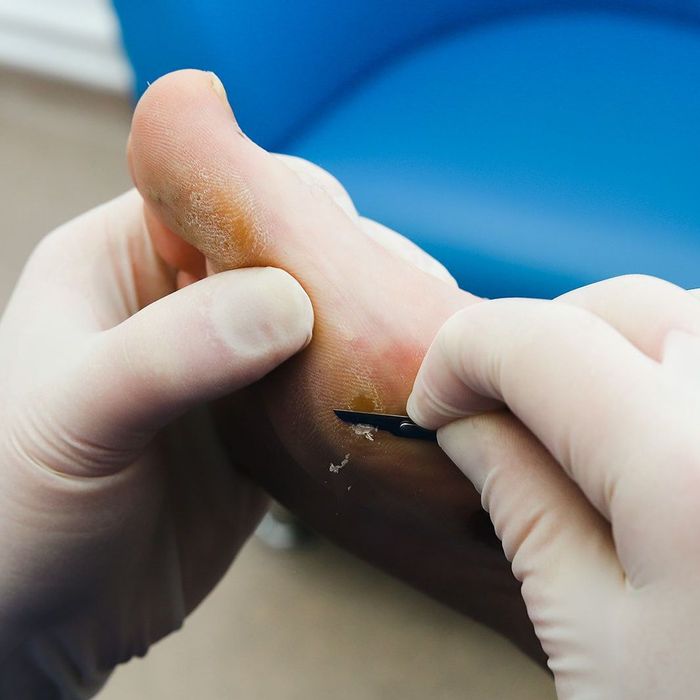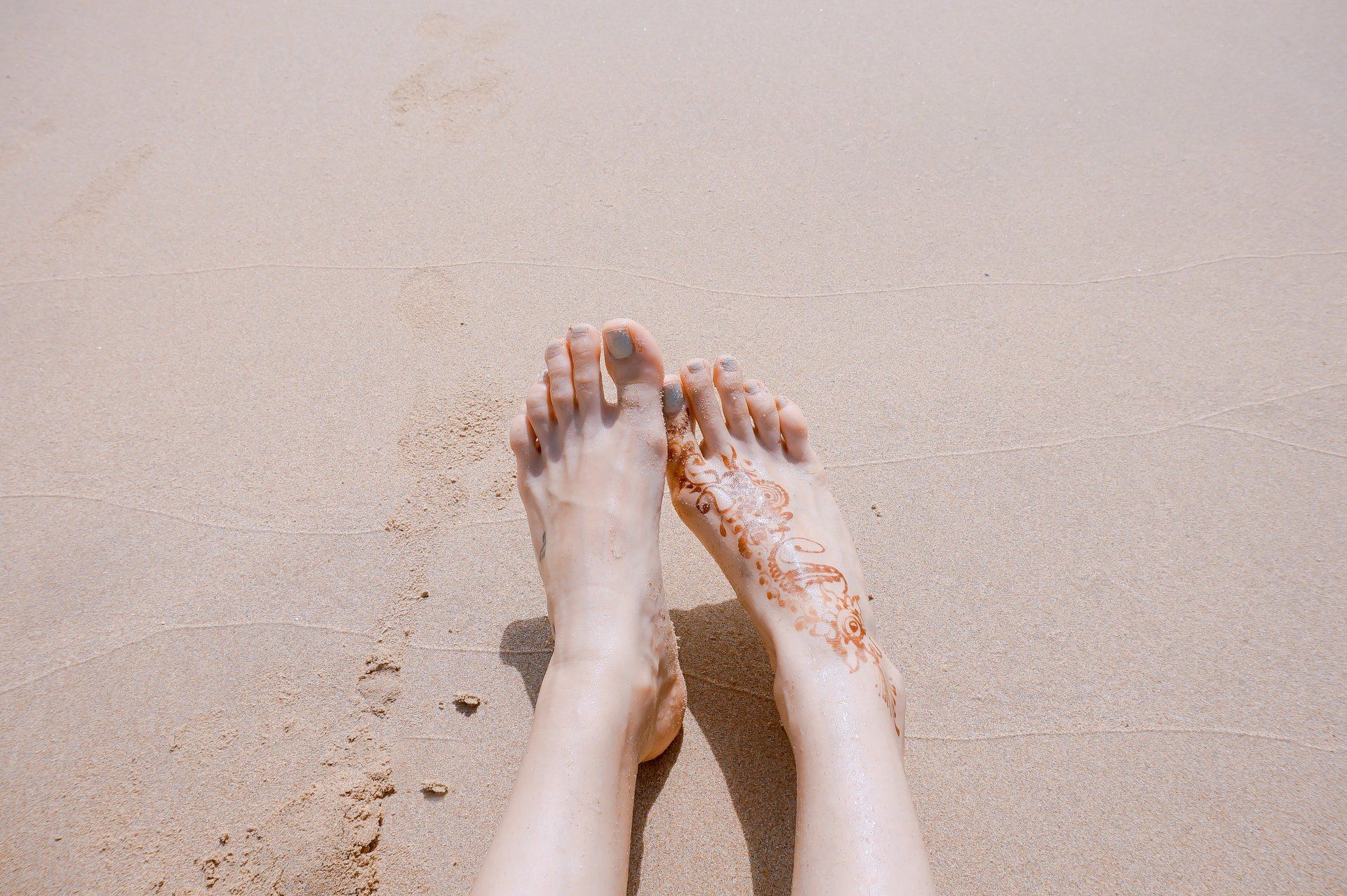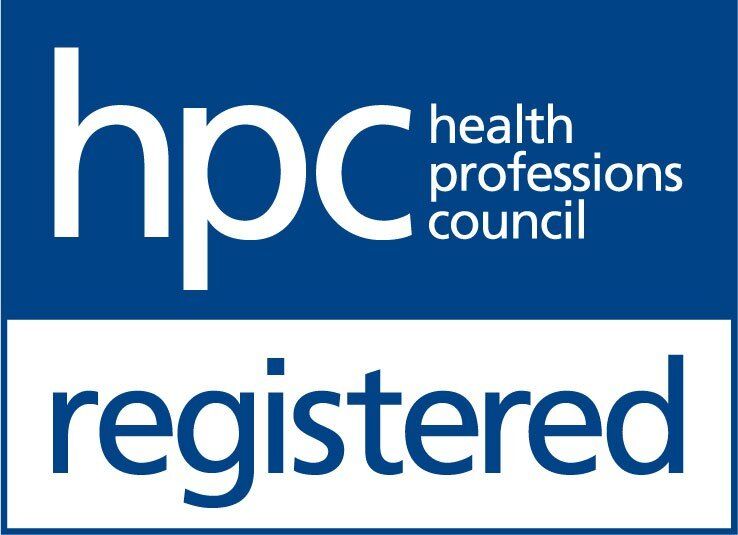Podiatry & Chiropody In Newcastle
Newcastle Foot Clinic is a well established podiatry and chiropody service that provides a high standard of service for people across the North East.
Put Your Feet Up In The Air With Our Care
TREATMENTS
Book Your Appointment Today
NEWCASTLE FOOT CLINIC
Quality Foot Care You Can Rely On
Newcastle Foot Clinic is situated in Newcastle-upon-Tyne city centre at Saville Chambers just off Northumberland Street.
Using the latest technology, we want you to feel comfortable in our care. That’s why our range of treatments are designed to help you as quickly and effectively as possible.
It is so important to look after your feet, which is why you can rely on our expertise.
WHAT WE DO
Feet - Our Foundation
Do you know what a Podiatrist can do? And how we can help you?
A podiatrist or chiropodist is a state registered professional offering treatments in the lower limb and foot. All of the podiatrists at Newcastle Foot Clinic are qualified at degree level with honours, registered with the Health and Care Professionals Council and members of the Society of Chiropodists and Podiatrist. At Newcastle Foot Clinic, we offer a range of treatment options for lower limb and foot complaints.
From biomechanical assessments to ingrown toenail treatments and everything else in between, we will tailor our service to ensure you receive the best possible treatment.
To find out more about how we can help, get in touch.
NEWCASTLE FOOT CLINIC
Articles & News

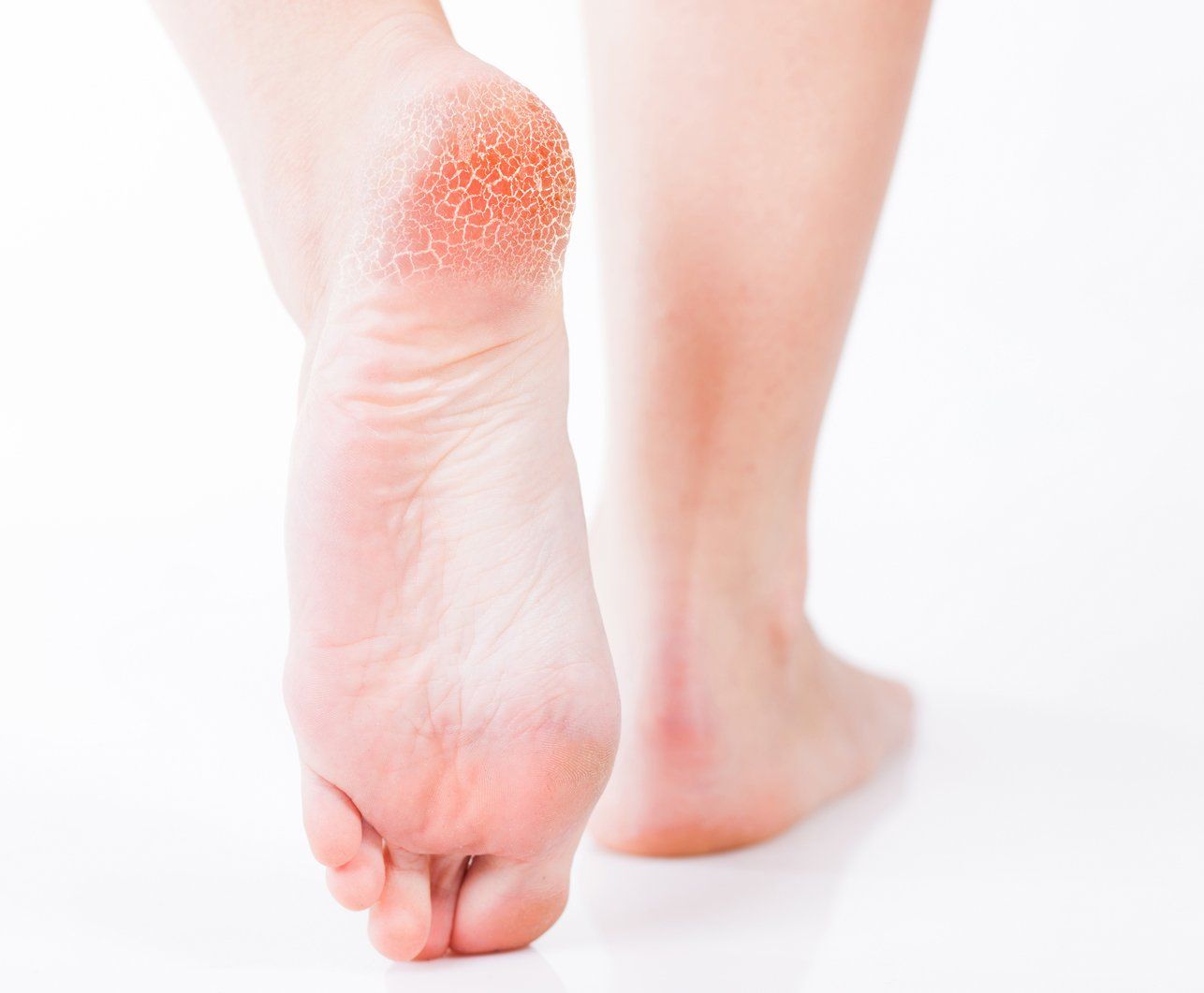
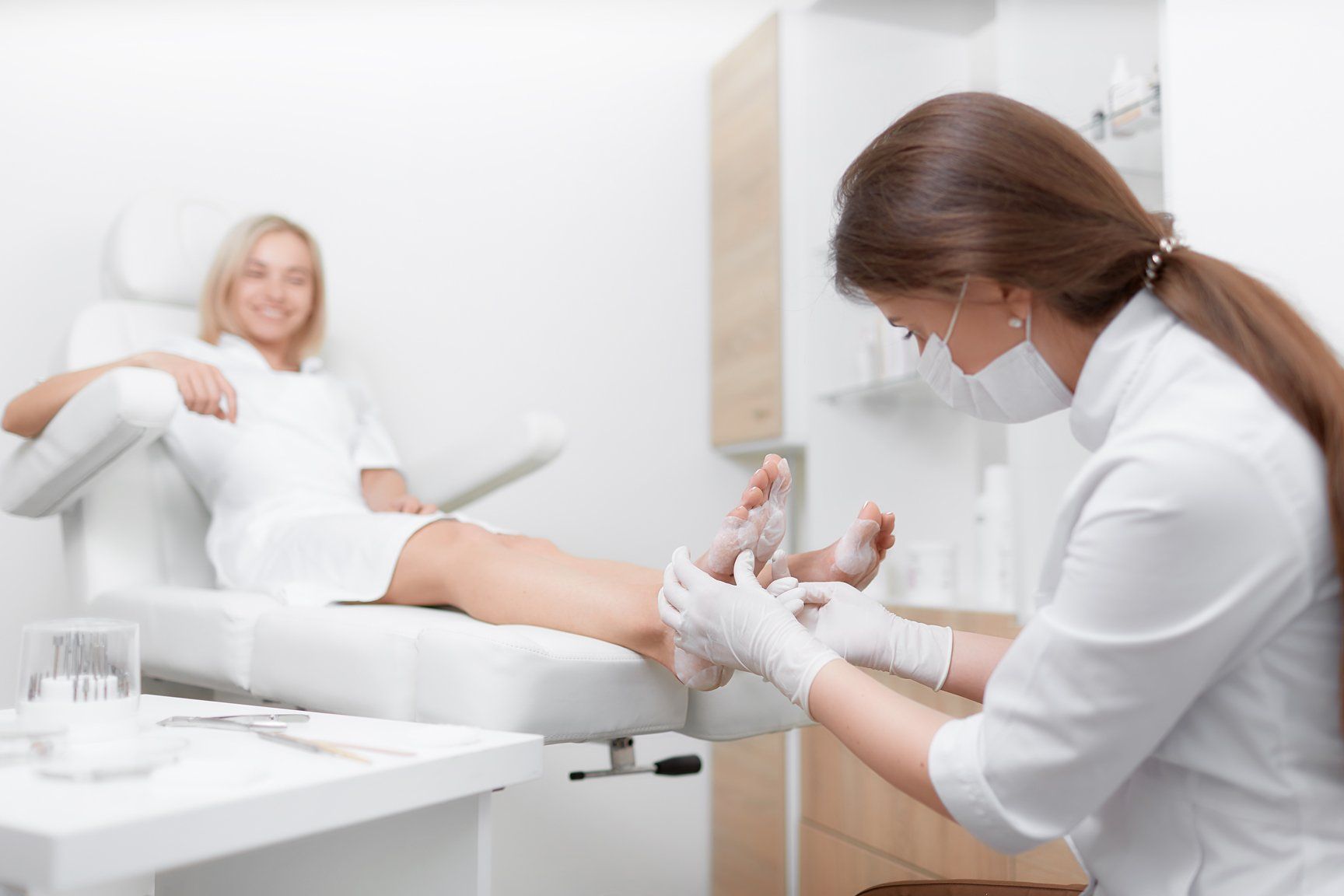
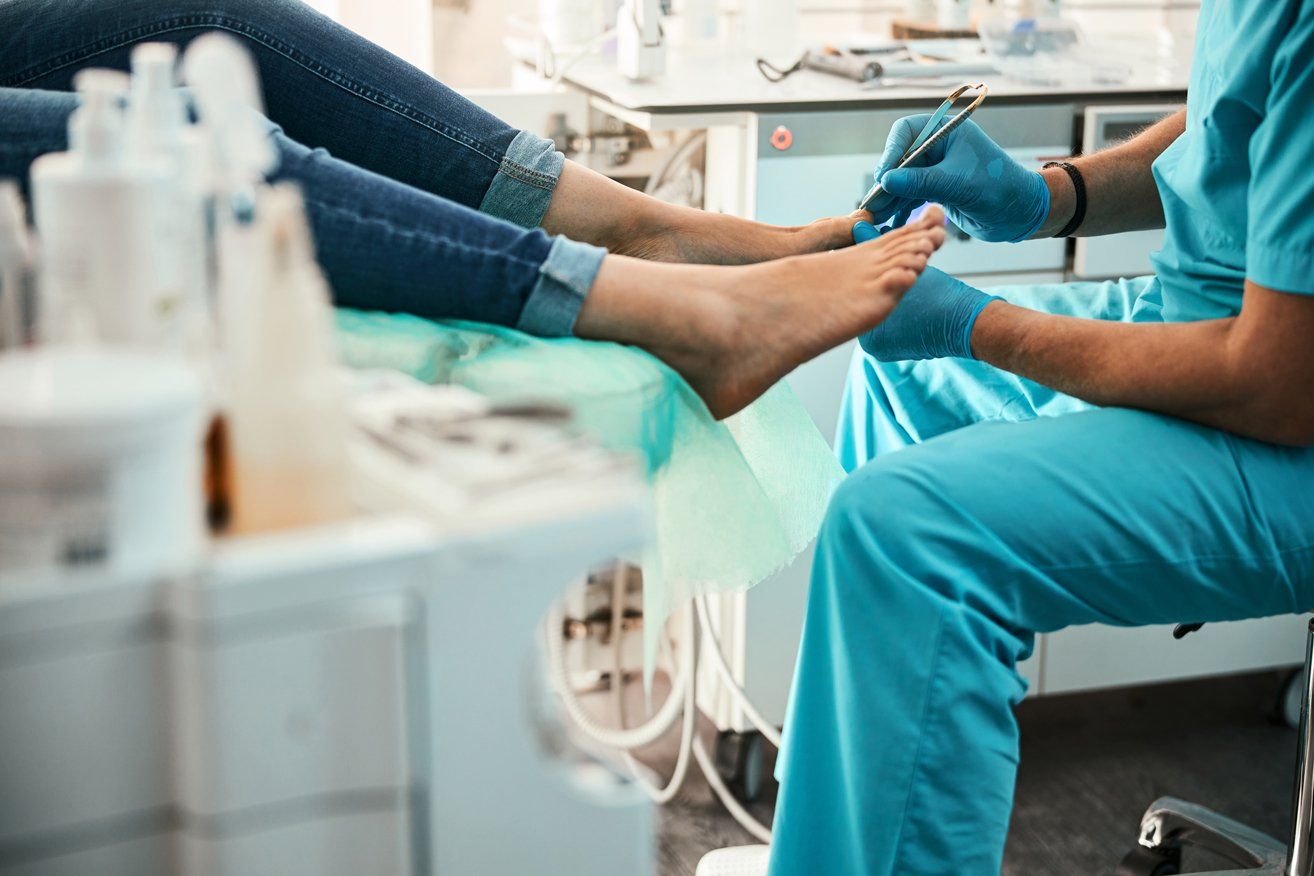


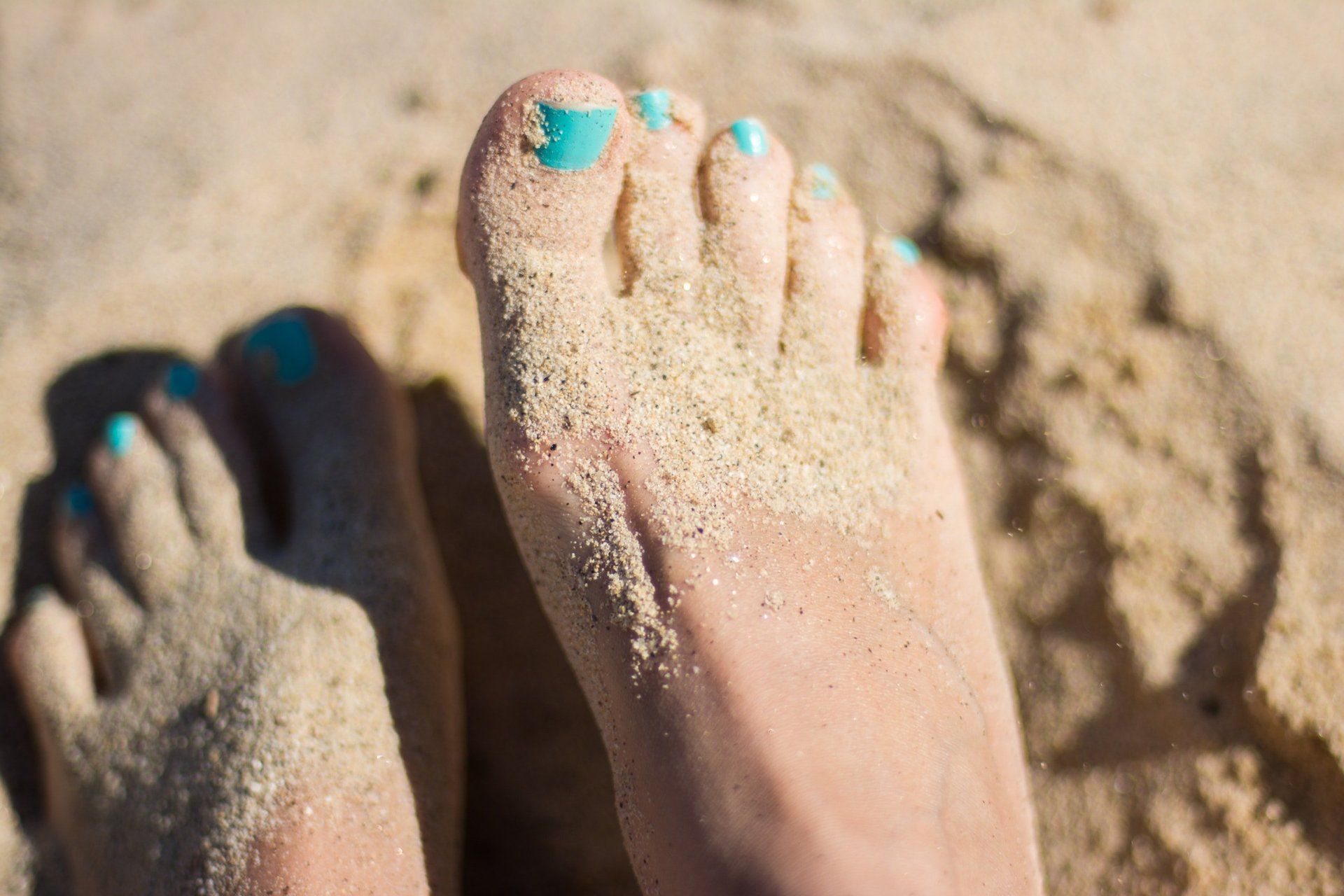

NEWCASTLE FOOT CLINIC
Customers
Join our growing list of satisfied clients, including:

